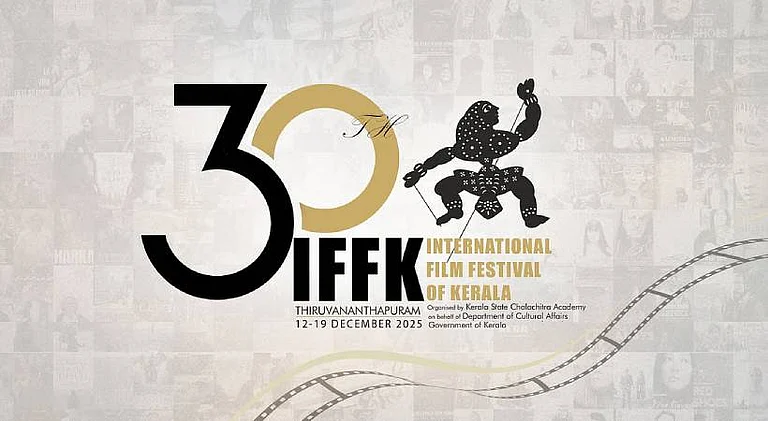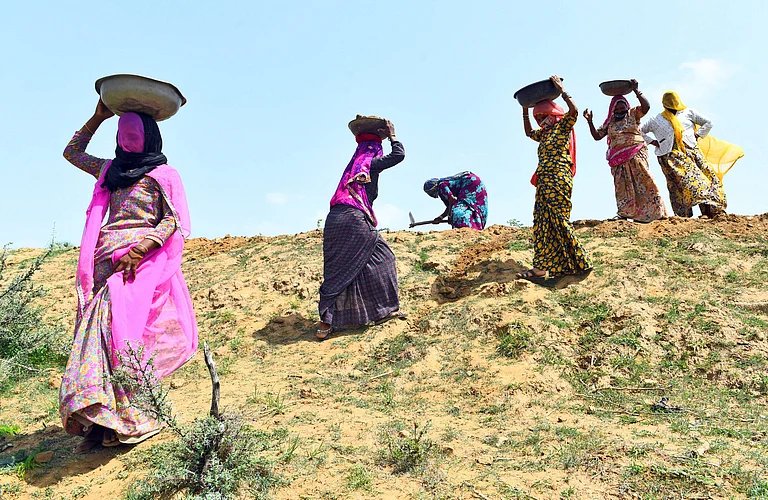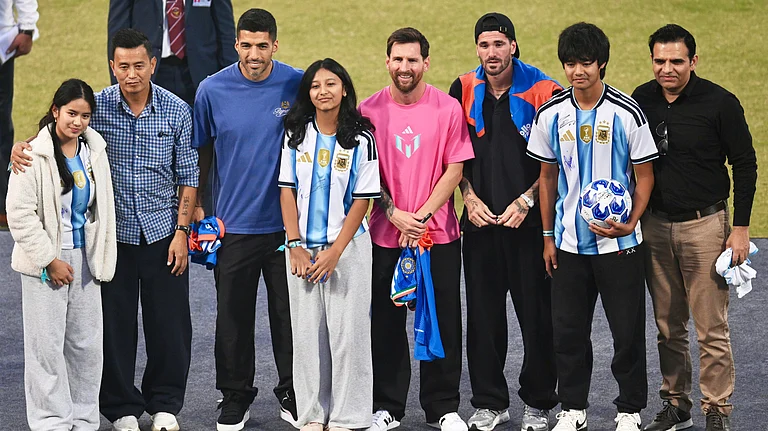The Iranian government under Supreme Leader Ali Khamenei has been doubling down on the women’s protests in Iran which erupted last September following the death of 22-year-old Kurdish Iranian Mahsa Amini. Following the widespread protests which saw women take to the streets in large numbers, the government is now trying to reimpose the strict dress code that protesters had been flouting.
The death of Amini in a hospital after being detained by the country’s notorious ‘morality police’ for incorrectly wearing the hijab (headscarf) led to thousands of women taking off their scarves and buying them in public demonstrations that spread across the nation and beyond. Women also took to cutting their hair as a sign of grief and defiance against the policing of women’s bodies.
The movement which eventually became a call for ‘Zan, Zendegi, Azadi’ (Women, Life, Freedom) and even turned violent in some instances, has been a challenge for the Khamenei government and has been one the biggest instances of public protests in Iran since the 1979 Revolution.
Outlook’s April issue on Iran is a tribute to all the women who continue to fight for their rights over their own bodies and for equality across the world. It is a homage to those who died in Iran. The cover stories looked at how, despite becoming an international spectacle and symbol of resistance, the women’s movement in Iran is far from being over and the long fight that still remains.
We also looked at protest and symbolism and the history of the Iranian women’s movement which has always used ‘hijab’ and hair as markers of individual identity resistance and defiance.
Among the stories, a piece by Stanford University scholar Navid Zarrinal looked at how the imposition of Western morality impacts the understanding of women’s rights in Iran and how it can be addressed only when the countries of the Global South come together for collective healing.
The issue featured an exclusive interview with world-renowned Iranian filmmaker Mohsen Makhmalbaf who said the demonstrations in Iran are a cry by women to live life on their own terms, to have the right to fall in love, and to own their bodies and their expression.
Iranian scholar Sara Hassani wrote about the long history of resistance among Iranian women while author Kingshuk Chatterjee wrote about the politics of the veil in Iran in the wake of the protests. Geet Chaturvedi deep-dived into Sabeer Haka's poetry to explore the silent power of poetry in protest.


























